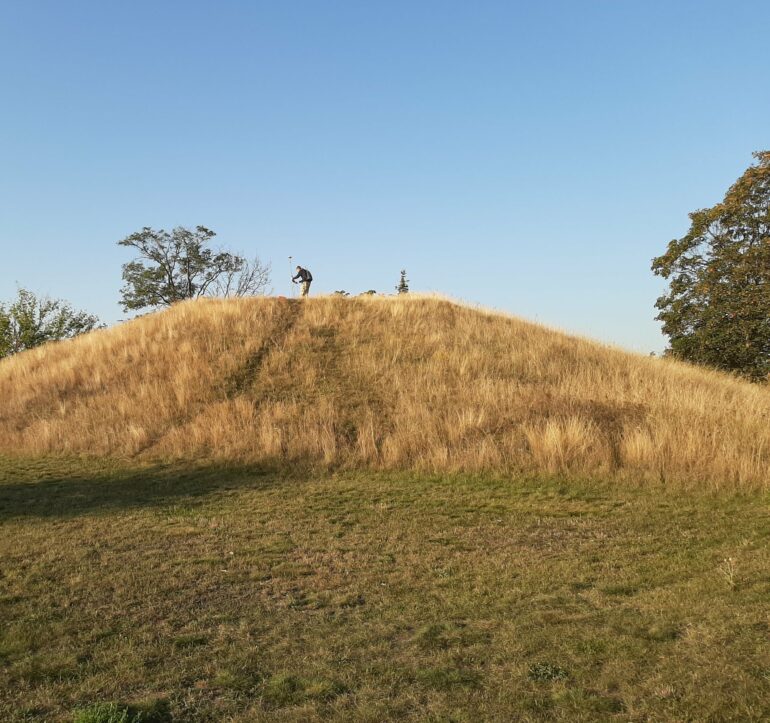Human populations in Neolithic Europe fluctuated with changing climates, according to a study published October 25, 2023 in the open-access journal PLOS ONE by Ralph Großmann of Kiel University, Germany and colleagues.
The archaeological record is a valuable resource for exploring the relationship between humans and the environment, particularly how each is affected by the other. In this study, researchers examined Central European regions rich in archaeological remains and geologic sources of climate data, using these resources to identify correlations between human population trends and climate change.
The three regions examined are the Circumharz region of central Germany, the Czech Republic/Lower Austria region, and the Northern Alpine Foreland of southern Germany.
Researchers compiled over 3,400 published radiocarbon dates from archaeological sites in these regions to serve as indicators of ancient populations, following the logic that more dates are available from larger populations leaving behind more materials. Climate data came from cave formations in these regions which provide datable information about ancient climate conditions. These data span 3550–1550 BC, from the Late Neolithic to the Early Bronze Age.
The study found a notable correlation between climate and human populations. During warm and wet times, populations tended to increase, likely bolstered by improved crops and economies. During cold and dry times, populations often decreased, sometimes experiencing major cultural shifts with potential evidence of increasing social inequality, such as the emergence of high status “princely burials” of some individuals in the Circumharz region.
These results suggest that at least some of the trends in human populations over time can be attributed to the effects of changing climates. The authors acknowledge that these data are susceptible to skewing by limitations of the archaeological record in these regions, and that more data will be important to support these results. This type of study is crucial for understanding human connectivity to the environment and the impacts of changing climates on human cultures.
The authors add, “Between 5,500 and 3,500 years ago, climate was a major factor in population development in the regions around the Harz Mountains, in the northern Alpine foreland and in the region of what is now the Czech Republic and Austria. However, not only the population size, but also the social structures changed with climate fluctuations.”
More information:
Demographic dynamics between 5500 and 3500 calBP (3550–1550 BCE) in selected study regions of Central Europe and the role of regional climate influences, PLoS ONE (2023). DOI: 10.1371/journal.pone.0291956. journals.plos.org/plosone/arti … journal.pone.0291956
Provided by
Public Library of Science
Citation:
Study suggests climate change likely impacted human populations in the Neolithic and Bronze Age (2023, October 25)



